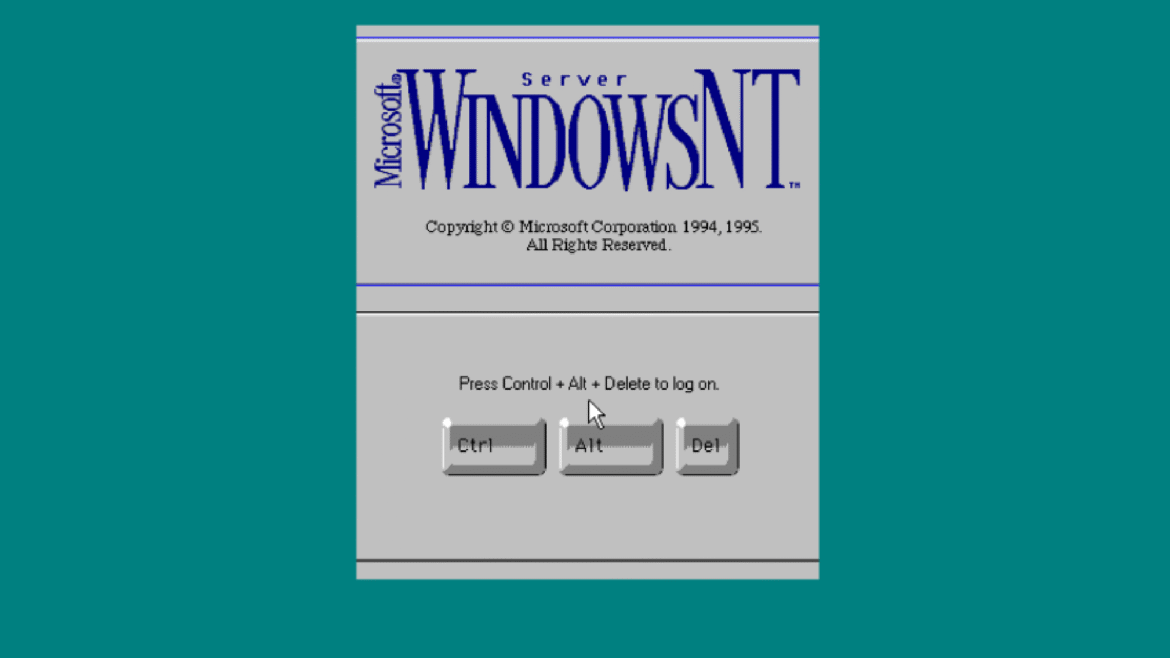Other than that brief teaser from 2021, any official word on Insomniac’s Wolverine has been slimmer than an adamantium claw blade. But today – finally! – at Sony’s State of Play livestream, the developer has kicked down the door, made that trademark ‘snikt’ sound, and shown us an uber-violent trailer and behind-the-scenes video chronicling the development of the game so far.
We’ve also got a release window: Fall 2026.
The trailer, and the behind-the-scenes footage, confirms that this will be a project that takes in a lot of Wolverine’s history: we’ve seen proof of life of important locations to him like Japan, Madripoor, and the American North, whilst key characters in his history like Omega Red and Mystique have thus far been confirmed. Will we see more X-Men – Jean Grey or Cyclops? – or maybe even some external team-ups (Colossus, Hulk, and Cable come to mind…)
Check out the videos below.
The gameplay trailer.Watch on YouTube
“Become a living weapon,” reads a blurb. “As he searches for answers about his past, Wolverine will do whatever it takes – unleashing brutal claw combat, violent rage, and relentless determination – to cut through the mystery of the man he used to be.”
Here’s some more info about how Insomniac is bringing Logan to life, per the PS Blog:
Bold, resilient, and volatile, Wolverine is a character that all of us at Insomniac are thrilled to explore in collaboration with our friends at Marvel Games and Sony Interactive Entertainment. Like our Marvel’s Spider-Man franchise, we’re once again combining our super powers to deliver an original take on a beloved character based on Marvel Comics.
Our Wolverine, AKA Logan, is played by actor Liam McIntyre who taps into the rage, pain, and nuances of this iconic character. In this story, he is on the hunt to uncover the secrets of a dark past that keeps eluding him. Unfortunately, in this world, he’ll have to dig his claws deep to pull any shred of information that may lead to answers. Often, that means shredding into a relentless onslaught of enemies who aim to stop him by any means necessary. Fueled by unflinching resilience (and a rapid healing factor), Wolverine won’t go down easy if it means keeping the mission on task.
Wolverine was first teased back in 2021, during a PlayStation Showcase. At this time, the studio stated the game was still “very early in development”. It also still had its Marvel’s Spider-Man sequel in the works at this point, with that project ultimately releasing in 2023.
The most we’ve seen from the game, to date, was actually back in 2023, when files were stolen from Insomniac Games by ransomware hackers. Following this attack, people began playing – and uploading footage – of an incomplete early development build of Wolverine, which was found within the stolen files. Safe to say, things are looking a bit more like a finalised game right now.
We’re going to see more of the game in Spring 2026, apparently. See you then, bub.
The making of.Watch on YouTube










